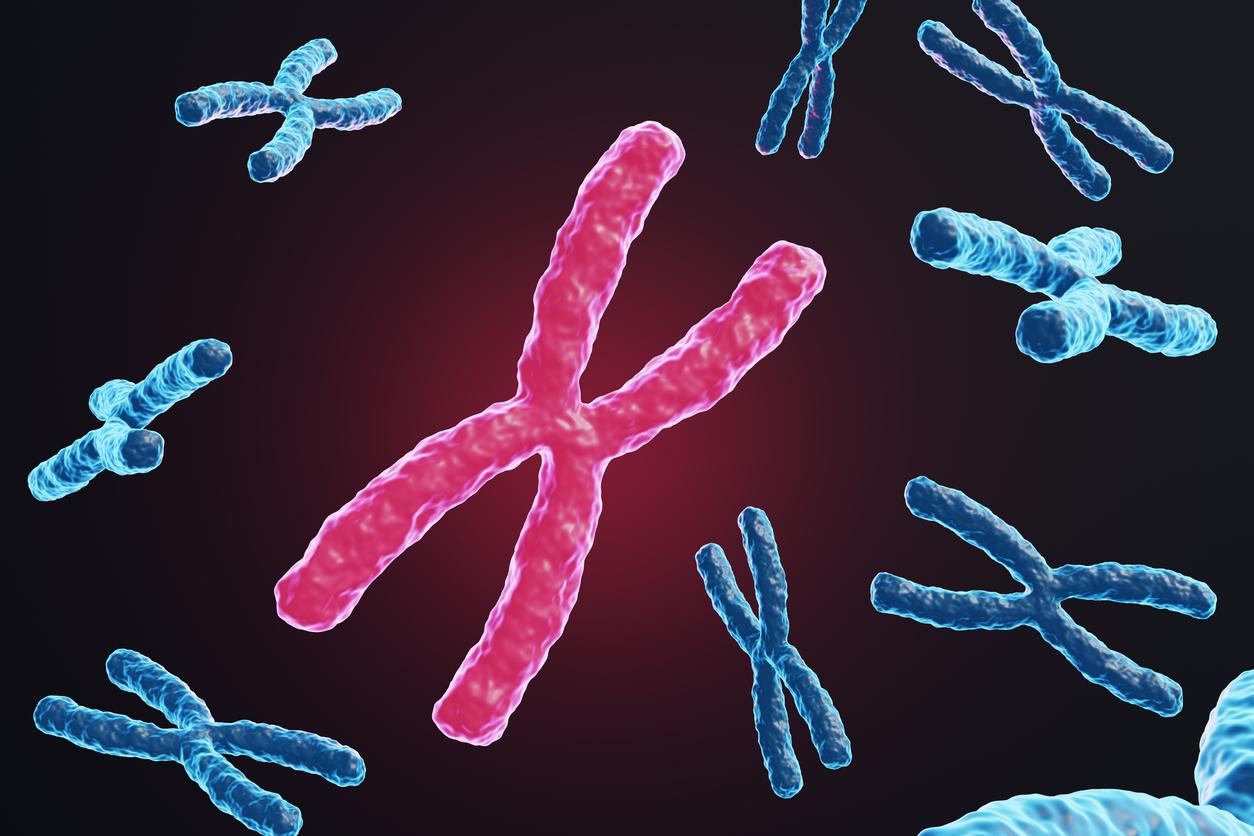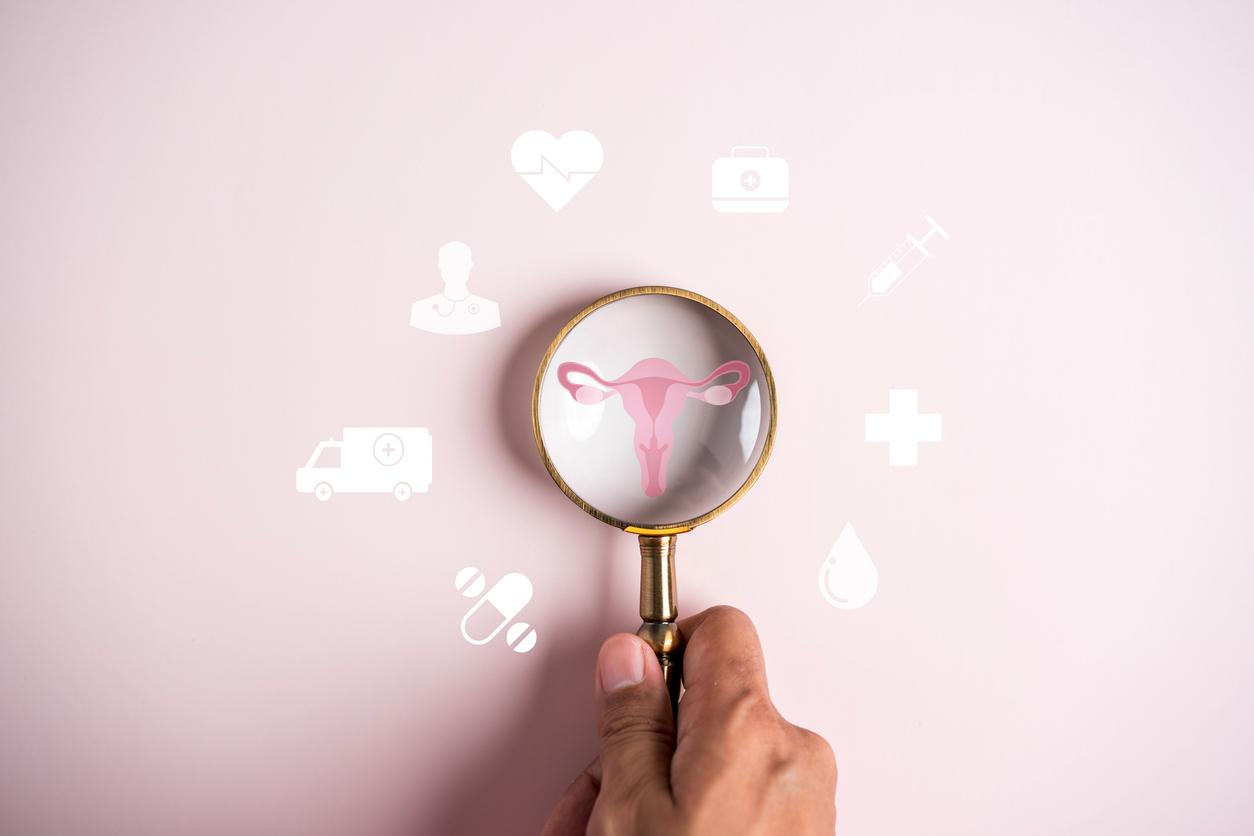Autoimmune diseases are much more common in women. This could be linked to the X chromosome and to a molecule, which only women carry.

- Autoimmune diseases predominantly affect women.
- This could be because of a molecule linked to the X chromosome.
- This discovery could improve the diagnosis and monitoring of these pathologies.
80% of people affected by an autoimmune disease are women. Rheumatoid arthritis, lupus, psoriasis or even multiple sclerosis… All these pathologies are linked to a dysfunction of the immune system. Scientists have never been able to understand why women are more likely to suffer from it. In the magazine cella team from Stanford University raises a hypothesis: this could be linked to the X chromosome, and to a molecule called Xist, present only in women.
Autoimmune diseases: the X chromosome is involved
“In most mammals, including humans, a male’s cells typically include a single copy of the X chromosome, while a female’s cells carry two., recall the authors. No mammalian cell, male or female, can survive without at least one copy of the X chromosome, which contains several hundred active genes. But having two X chromosomes theoretically carries a risk of overproduction of certain proteins, which can be fatal. “Nature has come up with a clever, albeit complicated, workaround called X chromosome inactivationthey develop. At the beginning of embryogenesis, each cell of the nascent female mammal makes an independent decision to stop the activity of one or the other of its two X chromosomes.” This inactivation is possible thanks to the Xist molecule, produced only when there is a pair of X chromosomes. The team identified around 100 proteins linked to this molecule. By inspecting this list, the researchers realized that Many of the Xist collaborating proteins were known to be associated with autoimmune diseases.
X chromosome and Xist molecule: a test on mice to understand their effects on the immune system
To better understand the role of this molecule, and to rule out other causes, they grafted the Xist gene into the genomes of two different strains of male laboratory mice. The Xist gene has also been slightly modified so that it no longer blocks genes on the male mouse chromosome into which it was inserted. By injecting an irritant known to induce a lupus-like autoimmune disease, the scientists compared its effect on males that produced Xist with its effect on normal males, who produced none. “Animals that expressed XIST had higher autoantibody levels than those that did not, they conclude. Their immune cells were also on alert, a sign of predisposition to autoimmune attacks, and showed more extensive tissue damage.”
Autoimmune diseases: towards improved diagnosis?
The same autoantibodies have been identified in blood samples from people with lupus, scleroderma and dermatomyositis. For the researchers, this is proof that Xist and its associated proteins are a “something that our immune system has difficulty ignoring”, estimates Allison Billi, co-author. The team considers that these antibodies could become a tool for diagnosing and monitoring autoimmune diseases.
















